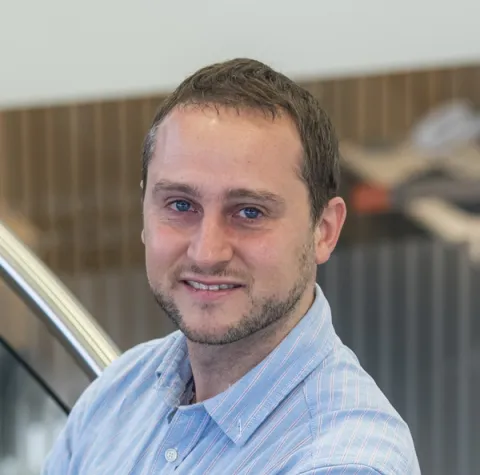Project overview
This is a multi-disciplinary research program, bringing together expertise from Stem Cell research and Physics and Mathematical research to uncover the role a cellular process called oriented cell division plays in the control of normal breast development to work out what goes wrong in breast cancer. Execution of this critical process allows stem cells in many tissues to balance proliferation and differentiation during development in order to generate the myriad of cell types that comprise our body. Oriented cell division is often defective in breast cancer stem cells, so understanding how it normally works in breast stem cells will provide important insight into the biological changes that allow tumours to grow. To achieve this, we use transgenic reporter mouse models and advanced microscopic techniques in order to track the fate of dividing breast stem cells in their native environment and determine their dynamic contribution to the development of the normal breast tissue at a high spatiotemporal resolution. By the same approaches in combination with a gene invalidation strategy, we investigate the consequences of loss-of-function of key proteins that control the positioning of the mitotic spindle on the execution of oriented cell division and determine how this influences breast tissue differentiation and architecture. Additionally, we have developed and implemented novel mathematical/computational models involving the use of stochastic models and Bayesian analyses, to validate with high confidence our hypotheses and draw a model explaining how oriented cell division rules the binary choices between proliferation and differentiation made by breast stem cells.
Staff
Lead researchers
Other researchers
Collaborating research institutes, centres and groups
Research outputs
Maria Fankhaenel, Farahnaz S Golestan Hashemi, Larissa Mourao, Emily Lucas, Manal M Hosawi, Paul Skipp, Xavier Morin, Colinda L G J Scheele & Salah Elias,
2023, Nature Communications, 14(1)
Type: article
Philip Greulich, Benjamin Macarthur, Cristina Parigini & Ruben Sanchez Garcia,
2021, Development, 148(11)
DOI: 10.1242/DEV.194399
Type: article
Philip Greulich, Benjamin Macarthur, Cristina Parigini & Ruben Sanchez Garcia,
2019, Royal Society Open Science, 6(12), 1-9
DOI: 10.1098/rsos.191090
Type: article

